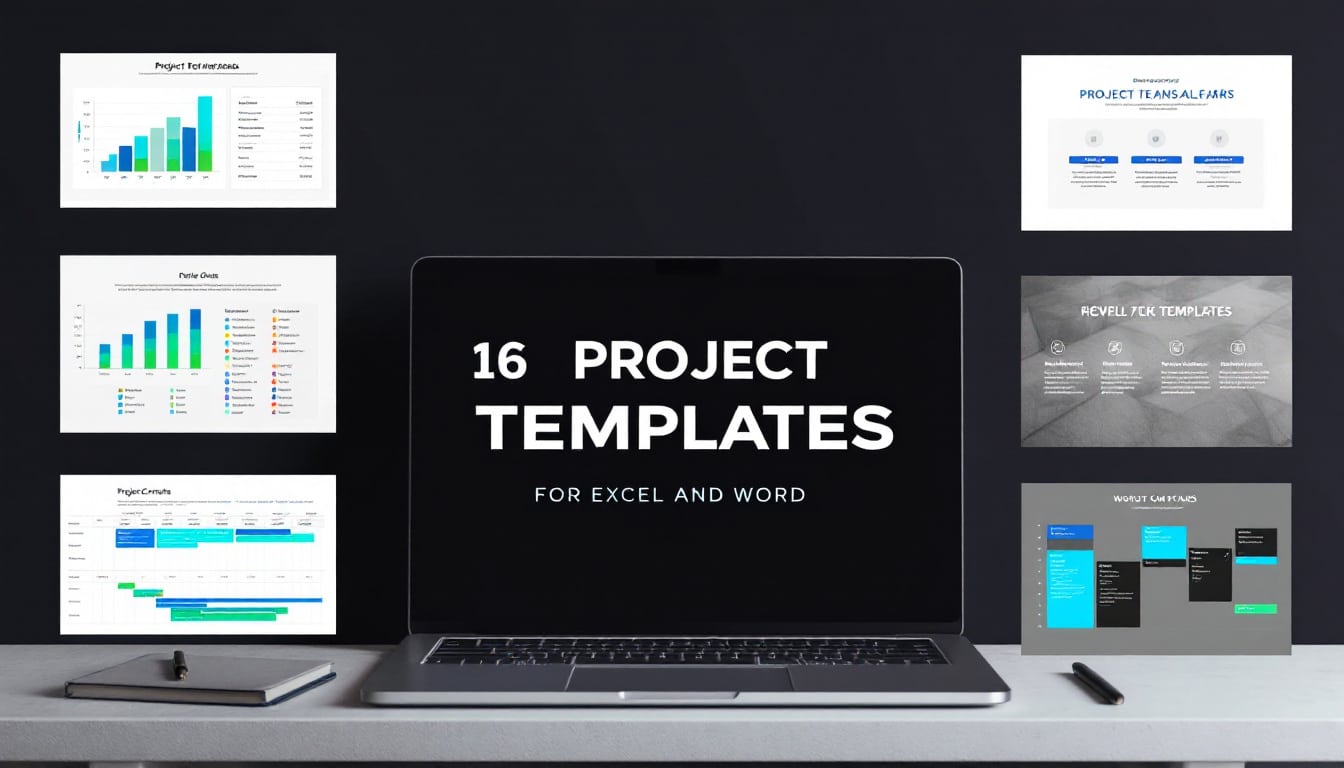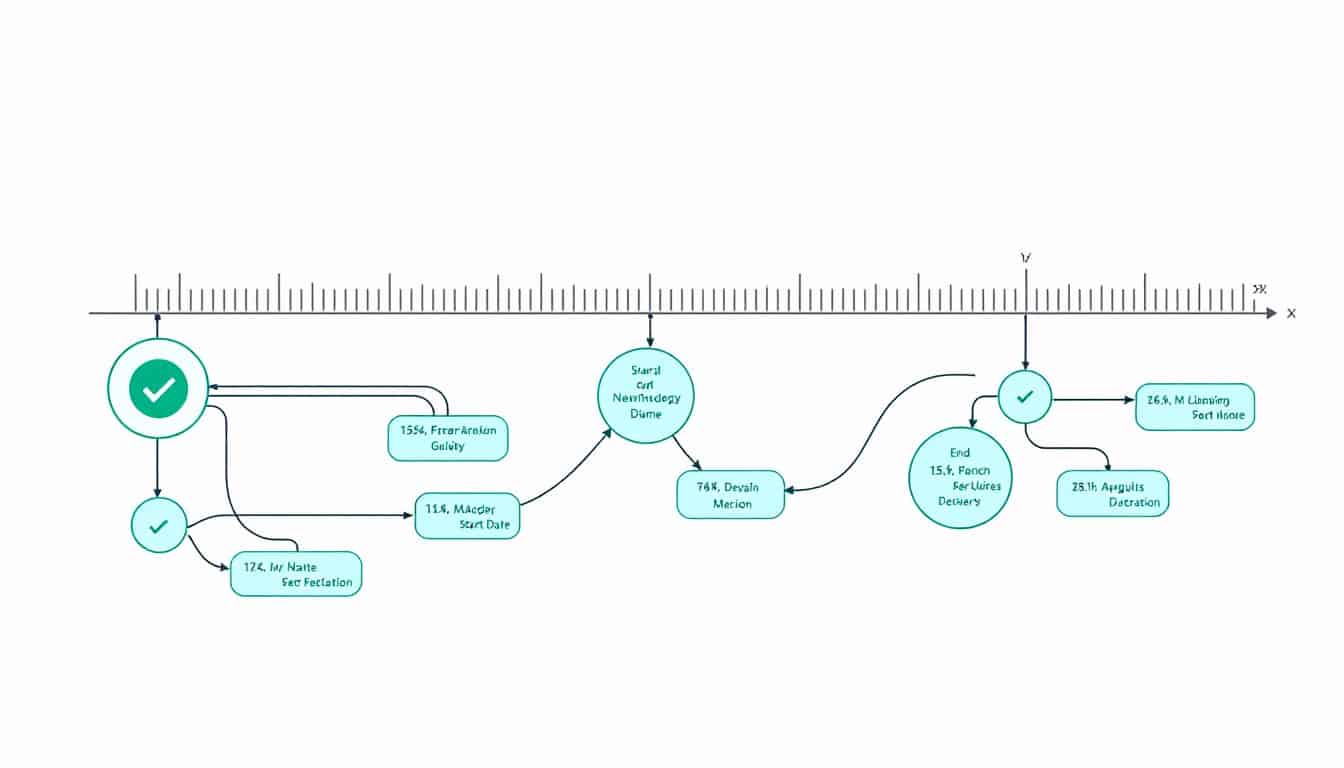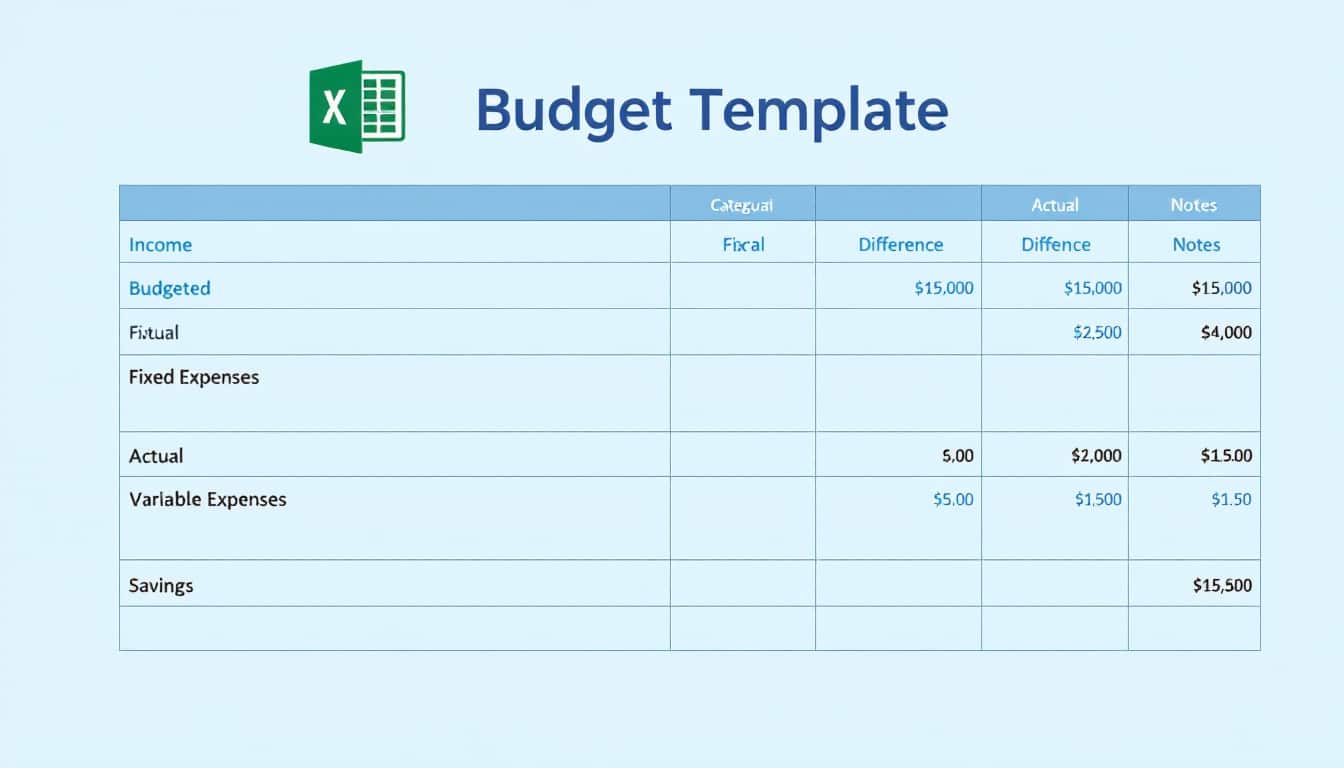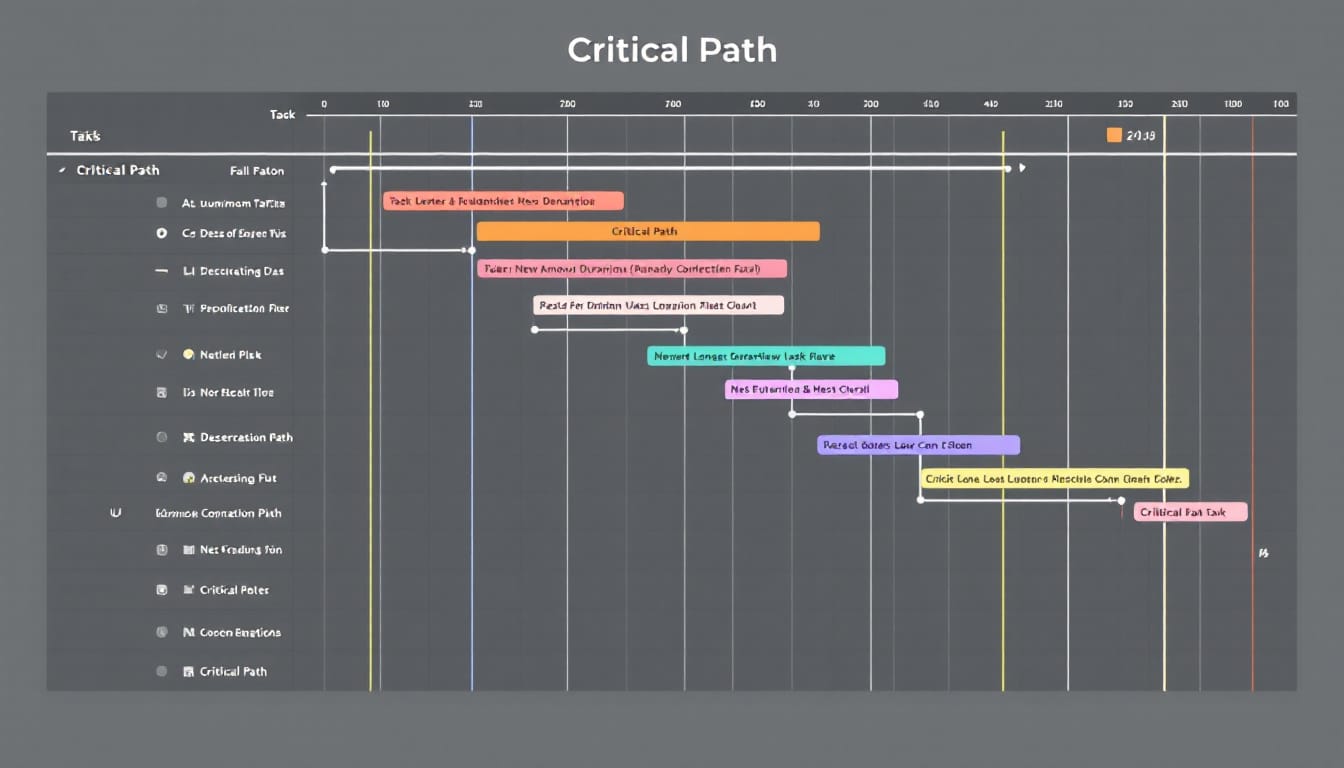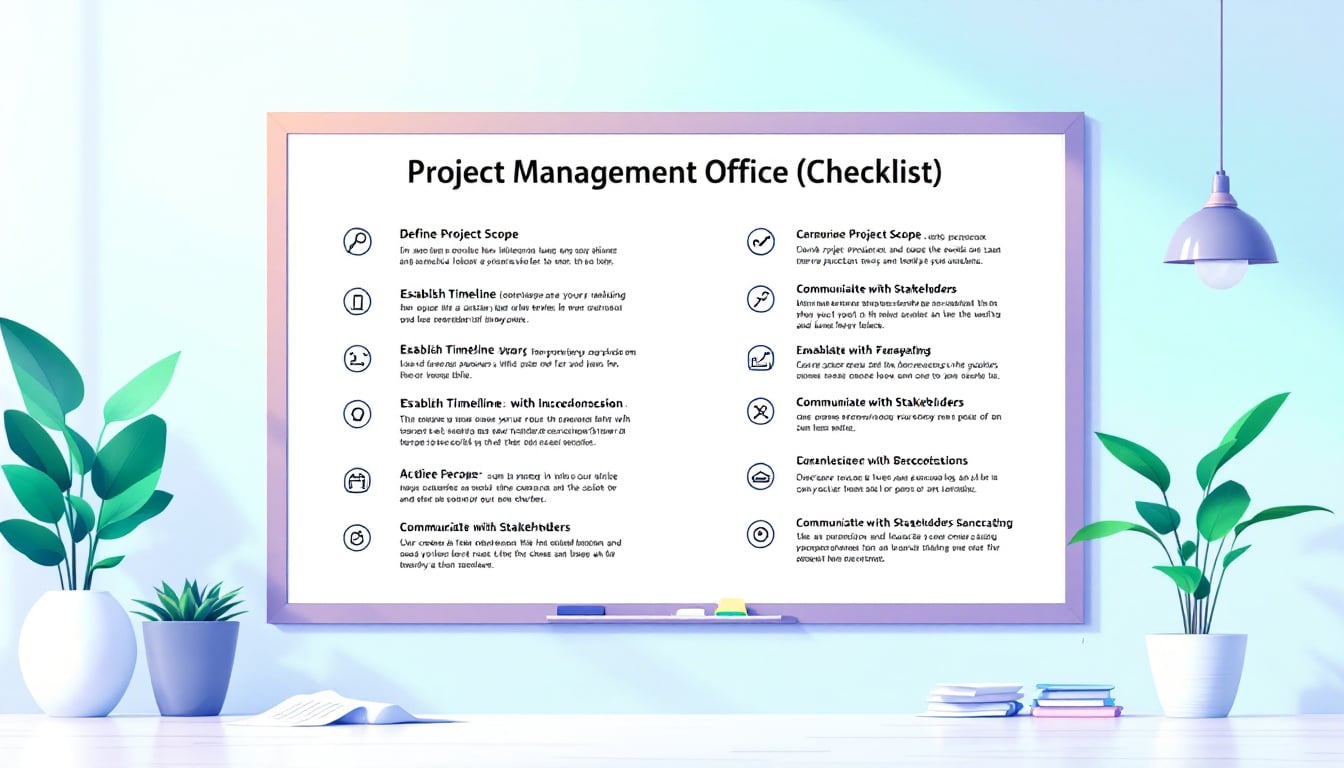“`html
🔥 Nous recommandons Ideamap
Ideamap est l’outil idéal pour un brainstorming ou un projet collaboratif. Grâce son interface facile et à ses fonctions IA, Ideamap booste votre créativité tout en favorisant une meilleure organisation de vos idées pour atteindre vos objectifs.
Starting a project effectively is key to ensuring smooth management of your work and your team.
Taking the time to plan well at the beginning can make all the difference between success and failure.
Rather than jumping straight into tasks, establishing a clear strategy is essential.
Each project is a unique adventure that requires careful preparation. By using a simple and practical checklist, you can ensure that every step is covered. This approach allows you to start confidently, knowing that all necessary elements are in place. A well-orchestrated launch creates a positive and engaging dynamic for the entire team. The kickoff meeting is the moment when everything takes shape and goals are clearly defined. It is an opportunity to gather all stakeholders and ensure that everyone is aligned on the same objectives. A solid start paves the way for harmonious collaboration and effective achievement of goals.
What is a project kickoff? The kickoff of a project is the first official meeting that marks the beginning of a project. It brings together all stakeholders, such as the project team, the client or the sponsor, as well as other involved parties. The main objective of this meeting is to formally launch the project and ensure that everyone is aligned on its objectives, scope, roles, and initial plans. It is an opportunity to create enthusiasm and commitment around the project.
Why is the project kickoff important? Consider the kickoff as an investment in the future of your project. A well-executed kickoff can lay the groundwork for success by establishing a positive tone and encouraging enthusiasm. It allows for the definition of a shared vision, ensuring that all team members understand the objectives and are engaged. Moreover, it fosters collaboration by strengthening team spirit. During this meeting, it is easy to clarify key aspects of the project from the outset, which facilitates the management of potential future challenges.
Defining your project The first step is to clearly understand what you need to accomplish. Ask the right questions to establish common goals and a clear understanding of the tasks to be completed as well as the expected deliverables. Appoint the project manager, approve the business case, and identify the project’s objectives. Define the scope of the project by listing what will be included and what will not. Ensure that the budget is approved and identify potential risks from the start. Finally, establish a list of deliverables that will allow for tracking the project’s progress.
Forming your team Once you have a clear vision of the project, it is time to determine who will be involved. Nominate a project sponsor, identify the members of the team, and list other stakeholders. Define the roles and responsibilities of each to avoid any confusion. Establish a communication plan to keep everyone informed and organize the first team meeting to officially launch the project.
Setting up your tools Finally, choose the tools that will help you manage the project effectively. Select a suitable project management software for your team, create user accounts, and set up a document filing system. Create a task list and establish a project schedule with key dates. These tools will facilitate collaboration and ensure that everyone is on the same page.

Hello, my name is Héloïse, I am 33 years old, and I am a writer. Passionate about words and creativity, I dedicate my expertise to your projects to bring them to life through engaging and tailored content.
how to clearly define the objectives of your project
Before diving into active project management, it is essential to clearly define the objectives. This step ensures that all stakeholders share a common vision and work towards aligned goals. Start by asking key questions: What is the main purpose of this project? What specific outcomes do you hope to achieve? By answering these questions, you can establish SMART objectives (Specific, Measurable, Achievable, Realistic, Timely) that will guide all subsequent steps.
Documenting these objectives also helps to maintain focus throughout the project. For example, if your goal is to increase the visibility of your product in the market, you can define performance indicators such as the number of visits to your website or the engagement rate on social media. Once these objectives are defined, they will serve as a reference to assess the success of your project.
what is the scope of your project
Defining the scope of your project is a crucial step to avoid scope creep and maintain focus on essential aspects. The scope describes what is included and what is not, thereby establishing clear boundaries. This helps to manage stakeholder expectations and avoid constant adjustments that could jeopardize deadlines and budget.
Start by making a comprehensive list of the expected deliverables. Then, identify what falls outside the scope. For example, if your project involves the development of a mobile application, graphic design might be included, while post-launch marketing could be excluded. This clarification helps keep the team focused on priority tasks and facilitates the management of future changes.
how to establish a realistic budget for your project
A realistic budget is the cornerstone of any successful project. It allows for planning necessary resources and controlling expenditures throughout the project lifecycle. To establish an effective budget, start by estimating the direct and indirect costs associated with the various phases of the project.
Include team members’ salaries, material costs, subcontracting fees, as well as unforeseen expenses. Use tools like free task list templates on Google Sheets to organize your finances transparently. For example, you can check this template to structure your budget. Once the budget is established, ensure to have it approved by stakeholders to guarantee adequate financial support.
who are the stakeholders of your project
Identifying stakeholders is essential for ensuring effective communication and alignment of expectations. Stakeholders can include team members, clients, sponsors, suppliers, and even the general public. Understanding the needs and expectations of each group allows for better management of relationships and promotes harmonious collaboration.
Start by making a complete list of stakeholders, specifying their roles and responsibilities. For example, a project sponsor provides necessary funding while team members execute daily tasks. By understanding these dynamics, you can adjust your communication plan and ensure that everyone is informed and engaged throughout the project. Clear and regular communication is key to avoiding misunderstandings and maintaining enthusiasm around the project.
how to build an effective team for your project
Building an effective team is a decisive step for the success of your project. Choosing the right people, with the appropriate skills and a spirit of collaboration, ensures that objectives will be met efficiently and harmoniously.
Start by defining the roles and responsibilities of each team member. Use a project organizational chart to visualize the structure and interactions between different positions. For instance, you can nominate a project manager, developers, designers, and marketing specialists according to the specific needs of your project. Once roles are well defined, set up a training plan or familiarization sessions to ensure that each member understands their tasks perfectly and knows how to collaborate effectively.
which tools to use for managing your project
Choosing the right project management tools can significantly improve your team’s efficiency and productivity. Tools like project management software allow for centralized planning, tracking, and managing the different stages of your project.
If you do not have a solution in place yet, it is recommended to select a tool that suits the size and needs of your team. Free options like Google Sheets can be sufficient for small-scale projects while more robust platforms like Asana or Trello are ideal for larger teams. In addition to task management, these tools offer real-time collaboration features, facilitating communication between team members, regardless of their location. To help you organize your projects online, explore this free task list.
how to plan effective communication within your project
Effective communication is fundamental to the success of any project. It ensures that all stakeholders are aligned and informed of progress, changes, and challenges encountered.
Develop a detailed communication plan that defines the necessary channels, frequency, and type of communication. For example, organize weekly meetings to discuss progress and resolve any potential issues. Use online communication tools like Slack or Microsoft Teams to facilitate daily exchanges. Additionally, establish regular status reports to maintain transparency and alignment among team members and stakeholders. By adopting a proactive approach, you can anticipate misunderstandings and address issues before they escalate.
how to identify and manage your project’s risks
The identification and management of risks are key elements to avoid unpleasant surprises and ensure the continuity of your project. Risks can arise from various sources, such as supplier delays, market changes, or technical issues.
Start by making a list of potential risks in collaboration with your team and stakeholders. Assess the likelihood and impact of each risk to prioritize those that require immediate attention. Develop mitigation strategies for the most critical risks. For example, if you anticipate a delay in the delivery of a key component, plan for alternatives or extra time in your scheduling. Additionally, keep a Plan B ready to implement in case identified risks materialize. For a more structured approach, consult this essential checklist.
how to create a realistic timeline for your project
Creating a realistic timeline is essential to ensure that your project progresses smoothly and meets set deadlines. A well-designed timeline allows visualizing the different phases of the project, assigning tasks to team members, and tracking progress in real-time.
Start by breaking the project down into smaller tasks and assign specific deadlines to each of these tasks. Use a Gantt chart or another project planning tool to visually represent the steps and dependencies between tasks. Be sure to include contingencies to absorb unforeseen events and avoid cascading delays. Share the timeline with all team members and stakeholders to ensure that everyone is on the same page and can adjust their priorities accordingly. A well-structured timeline also facilitates the identification of potential bottlenecks and enables quick responses if necessary.
how to ensure quality throughout your project
Maintaining quality management throughout your project is crucial to ensure that deliverables meet expectations and defined standards. Quality is not limited to the end of the project but must be integrated from the beginning and monitored continuously.
Establish clear quality criteria and specific standards that each deliverable must meet. Implement regular controls and quality reviews to verify that ongoing work aligns with these standards. For example, if your project involves software development, ensure that rigorous testing is performed at each stage to quickly identify and correct bugs. Use quick guides like this guide to structure your approach to quality. Proactive quality management not only improves the final product but also strengthens stakeholders’ confidence in the project management process.
how to organize an effective kickoff meeting
Organizing an effective kickoff meeting is a key step to laying a solid foundation for your project. This meeting, often referred to as a “kickoff”, aims to gather all stakeholders, clarify objectives, and define everyone’s roles.
To prepare for this meeting, establish a clear agenda that covers all essential aspects of the project, such as objectives, scope, budget, deadlines, and responsibilities. Ensure that all participants receive the invitation and necessary documents in advance so they can prepare and contribute constructively. During the meeting, encourage open exchanges and questions to clear up any ambiguity and reinforce everyone’s commitment. Conclude with a summary of actions to be taken and assigned responsibilities, and consider a post-meeting follow-up with a detailed record of decisions made and next steps.
how to use available resources to optimize your project
Using available resources effectively is essential to maximize the chances of success for your project. Resources include not only financial and material aspects but also time, team skills, and technological tools.
Start by identifying all resources necessary for your project and assess their availability. Use free tools like task list templates on Google Sheets to organize your resources in a structured manner. Ensure that each team member has the tools and information they need to perform their tasks efficiently. Additionally, optimize the use of your team’s skills by assigning them tasks that best match their strengths, increasing productivity and quality of results.
how to monitor and evaluate the progress of your project
Monitoring and evaluating the progress of your project is essential to ensure it stays on track and to quickly identify any deviations from the initial plan. Continuous monitoring allows for adjustments to strategies and actions in real-time, ensuring the achievement of set objectives.
Use dashboards and key performance indicators (KPIs) to measure progress objectively. For example, monitoring adherence to deadlines, budget management, and quality of deliverables gives you a clear view of the project’s status. Organize regular follow-up meetings with your team to discuss progress, obstacles encountered, and possible solutions. Document all steps and important decisions to maintain a complete record of the project’s evolution. The use of centralized project management tools facilitates this task by providing a real-time overview, allowing for quick and informed adjustments.
how to effectively close your project
The effective closure of a project marks the official end of the work and the transition to a retrospective and assessment phase. A good closure ensures that all objectives have been met, deliverables are compliant, and lessons learned are documented for future projects.
Start by verifying that all planned tasks have been completed and that deliverables meet the established quality criteria. Arrange a closure meeting with your team and stakeholders to discuss successes and areas for improvement. This is also the time to finalize administrative aspects such as vendor payments and final documentation. Use a checklist, like this essential list, to ensure nothing is forgotten. Finally, archive all project documentation and share feedback to capitalize on acquired knowledge and optimize future processes.
how to maintain enthusiasm and engagement after the launch
Maintaining enthusiasm and engagement after the initial project launch is crucial for its continuity and long-term success. The energy and motivation of team members play a key role in achieving objectives and overcoming challenges.
To keep this momentum, be sure to recognize and celebrate small victories throughout the project. Organize informal events or recognition meetings to appreciate both individual and collective efforts. Encourage a positive work environment where ideas are shared freely and each member feels valued. Additionally, maintain transparent and continuous communication, regularly informing the team about progress and potential changes. By fostering a strong team culture and reinforcing the sense of belonging, you can maintain a high level of engagement and ensure that the project progresses smoothly and effectively.
how to adapt your checklist based on the specifics of each project
Each project has its unique characteristics, and it is therefore important to adapt your checklist according to these specifics to meet the unique needs of each initiative. A flexible approach allows you to include specific elements while maintaining a strong overall structure.
Start by analyzing the particular requirements of your project. If you are working on a software development project, for example, you may need to include specific steps related to testing and security. For a marketing project, elements like audience segmentation and content strategies might be priorities. Similarly, consider the time, budget, and resource constraints affecting your project, and adjust your checklist accordingly. By customizing your checklist, you ensure that all critical aspects are covered, which increases your chances of success and makes project management more effective.
In conclusion, a well-structured and customized checklist is an indispensable tool for launching any project. It facilitates planning, resource management, communication, and monitoring of progress, while ensuring that objectives are met efficiently and effectively.









